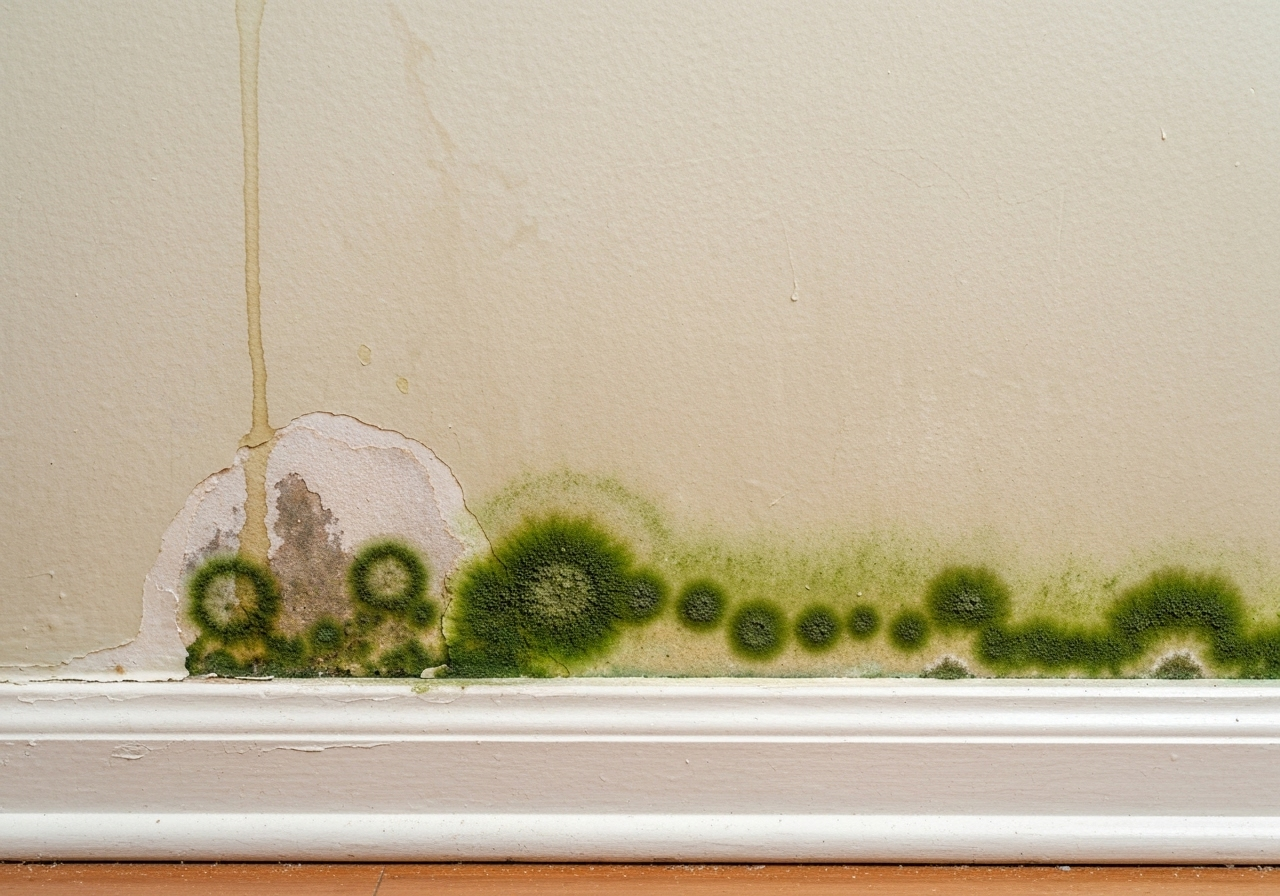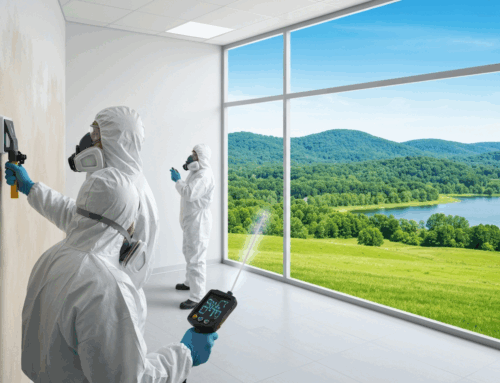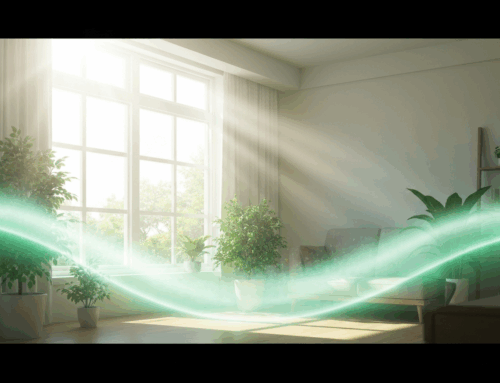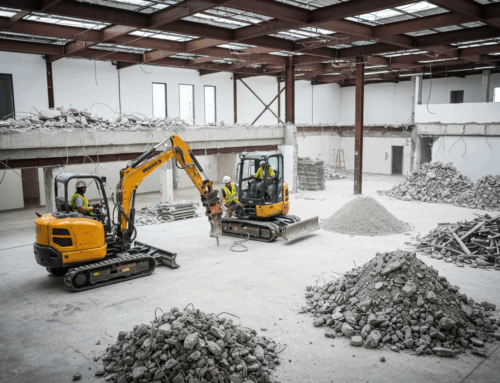Introduction: South Carolina’s Climate and the Looming Threat of Mold
South Carolina’s picturesque landscapes and warm climate, while appealing, unfortunately create an ideal environment for a persistent and often problematic intruder: mold. The unique combination of high humidity, frequent rainfall, and the threat of hurricanes significantly elevates the Mold Risks In South Carolina, making proactive awareness and prevention crucial for property owners across the state.
Understanding the Elevated Mold Risks In South Carolina
The Palmetto State’s climate is a primary factor contributing to its high mold potential. Warm temperatures coupled with consistently high humidity levels throughout much of the year provide the perfect conditions for mold spores to thrive and multiply. This isn’t just a minor nuisance; it represents a significant challenge for maintaining healthy indoor environments and preserving property value. Understanding these inherent Mold Risks In South Carolina is the first step toward effective mitigation.
Humidity, Hurricanes, and Heavy Rains: Why SC is a Mold Hotspot
South Carolina’s position along the coast makes it particularly vulnerable to severe weather events. Hurricanes, tropical storms, and even prolonged periods of heavy rain introduce excessive moisture into homes and businesses. Water intrusion from leaks, flooding, or persistent dampness creates a fertile breeding ground for mold, which can begin to grow within 24 to 48 hours of a water event. Even without direct flooding, the pervasive summer humidity ensures that any damp spots quickly become mold havens. This consistent moisture, whether from a sudden disaster or everyday condensation, significantly amplifies the overall Mold Risks In South Carolina.
The Hidden Costs: Health Impacts and Property Damage from Mold
The presence of mold carries substantial hidden costs, affecting both human health and structural integrity. For individuals, mold exposure can trigger allergic reactions such as sneezing, runny noses, red eyes, and skin rashes. Those with asthma may experience worsened symptoms, and individuals with compromised immune systems or chronic lung conditions face a higher risk of serious mold infections. Beyond health concerns, mold causes significant property damage. It can deteriorate building materials like wood, drywall, and insulation, leading to costly repairs and a decrease in property value. The musty odors often associated with mold can also make a property unpleasant and difficult to inhabit.
Spotting the Signs: Identifying Mold in Your South Carolina Property
Detecting mold early is key to minimizing its impact. While visible mold often appears as fuzzy, discolored patches (green, black, white, or brown) on surfaces, it frequently hides behind walls, under flooring, or in crawl spaces. A strong, musty, earthy odor is a common indicator of hidden mold growth. Other signs of potential moisture problems that could lead to mold include persistent condensation on windows, peeling paint, warped walls, or water stains on ceilings and floors. Regular inspection of vulnerable areas is critical for identifying these subtle warnings.
Beyond DIY: When to Call Professional Mold Remediation Experts
While small patches of mold might tempt a DIY approach, significant mold contamination requires professional expertise. Mold remediation is more than just cleaning a surface; it involves identifying the moisture source, containing the affected area to prevent spread, safely removing contaminated materials, and ensuring the air is free of spores. Professionals utilize specialized equipment for proper assessment and removal, adhering to strict safety protocols to protect both the occupants and the remediation team. Attempting to remove extensive mold without proper training and equipment can inadvertently spread spores, worsening the problem and increasing health risks.
Protecting Your Investment: Proactive Mold Prevention in the Lowcountry and Beyond
Preventing mold growth is the most effective strategy for managing Mold Risks In South Carolina. Key proactive measures include maintaining indoor humidity levels below 60% with dehumidifiers and proper ventilation. Promptly addressing any water leaks, from leaky pipes to roof damage, is crucial. After any water intrusion event, thoroughly dry out affected areas within 24 to 48 hours. Ensuring proper drainage around your home and regularly cleaning and inspecting HVAC systems can also make a significant difference. Regular professional inspections can help identify potential issues before they become major mold problems.
Conclusion: Your Trusted Partner for Mold Safety in South Carolina
Addressing the inherent Mold Risks In South Carolina is a vital aspect of property ownership and management. With the state’s challenging climate, vigilance and expert intervention are often necessary. Understanding the causes, recognizing the signs, and implementing effective prevention strategies are essential steps. For comprehensive mold solutions, from expert inspections to professional remediation, specialized services offer the knowledge and equipment to ensure a healthy and safe indoor environment for your South Carolina property.






